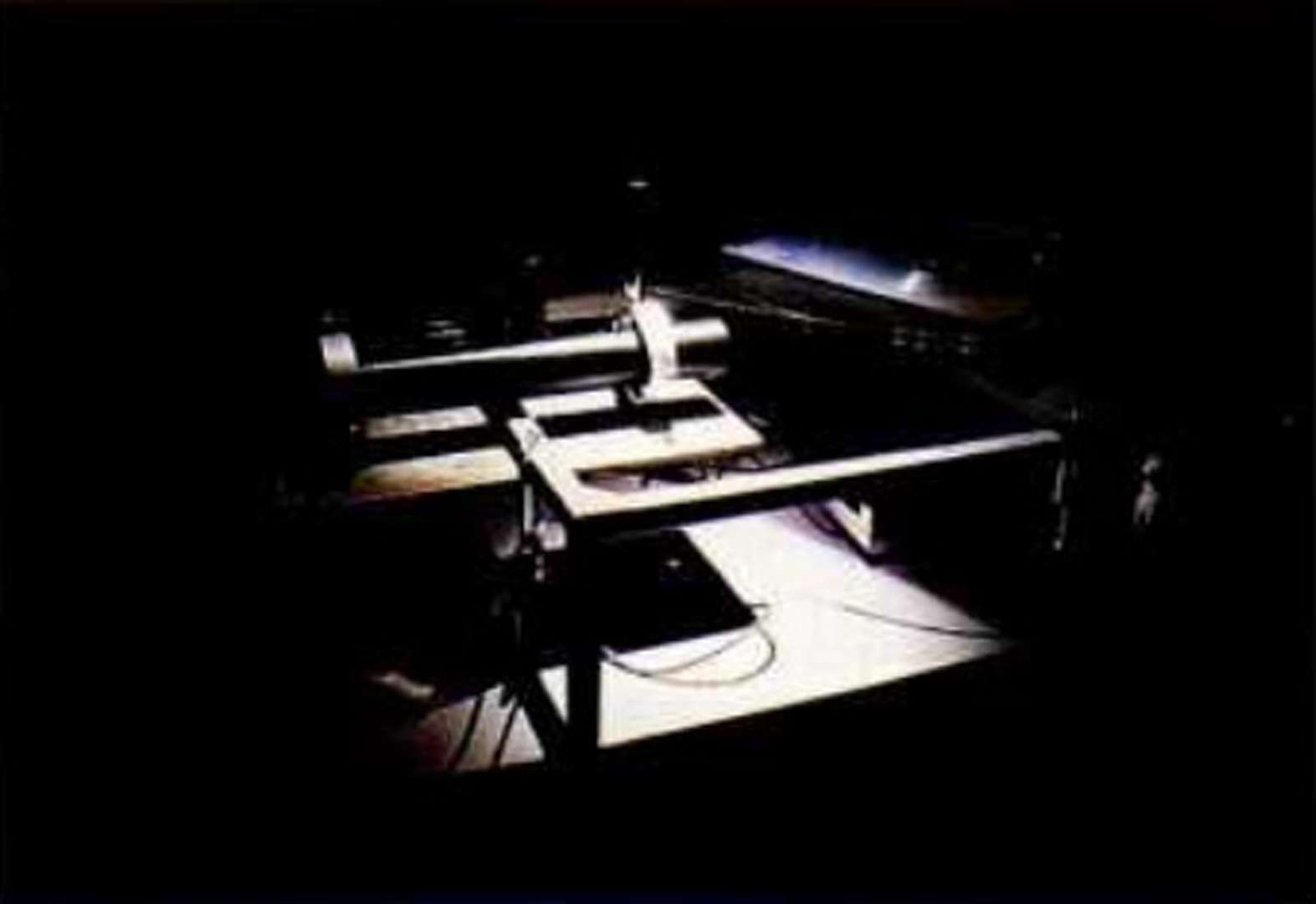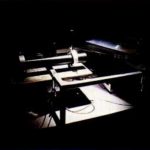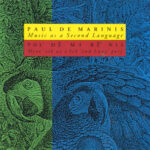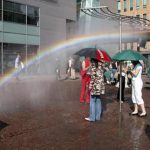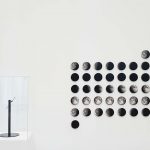Paul DeMarinis: The Edison Effect
Title:
Artist(s) and People Involved:
Exhibiting Artist(s):
-
Paul DeMarinis
-
- Stanford University
Symposium:
Artist Statement:
“The opposition between hearing and staring finds its strange union with the diamond stylus, a diamond above all that writes out sound as well as reflects light”.
–Duncan Smith, The Age of Oil
A series of interactive sculptures that play ancient phonograph records with laser beams. The reflections of light from the walls of the groove carry the audio information to photoelectric devices where it is translated first into an electrical signal, then into sound by a loudspeaker.
The resultant sounds range from recognizable to distorted, something like a distant shortwave radio or a haunting bit of a melody just barely remembered. The arrangement of optics, motors and light allow random access to the grooves of the records, permitting distortion, disarrangement and decomposition of the musical material. Each Edison Effect player is a meditation on some aspect of the relations among music, memory and the passage of time. Our sense of time, memory, and belonging have all been changed by the exact repetition implicit in mechanical recording. The needle in the groove, no less than the needle in the vein, is one symbolic emblem on our quixotic quest for the perfect moment of fulfillment. Re-played here, without needles, the record becomes what it really is: a holographic object, a simultaneous smorgasbord to be consumed in the order and taste we see fit. The raw and raucous noises of the record surface commingle with the sounds inscribed in the groove, creating a havoc of misinterpreted intentions and benign accidents. The phonograph and the photograph have a coeval history of influence and development. The Edison Effect players demonstrate the photographic nature of acoustic recordings. These pinhole (or needlepoint?) pictures of sounds long vanished project the shadows of sounds. Holograms, gamma rays, goldfish and cuneiform serve to emphasize the parallel narrative of the mechanization of image and sonic inscription.
Al & Mary Do the Waltz (1989)
A turn-of-the-century Edison wax cylinder of Strauss’ “Blue Danube Waltz” is turned on a paint roller rotated by a motor and rubber band. A laser beam is focused on the groove of the cylinder and its reflections are translated into sound. The laser beam passes through a bowl of goldfish who occasionally interrupt the beam to produce uncomposed musical pauses.
lch auch Berlin(er) (1990)
A tribute to the Berlin(er) brothers, Emil, Irving, and John Fitzgerald. A gelatin dichromate hologram of a 78 rpm record of the “Beer Barrel Polka” is rotated on a transparent turntable and played by a green laser. Once I realized that only light reflections were needed to make the recorded grooves audible, it became apparent that a hologram (the memory of light reflecting from a surface) would suffice to play music. Here, sans needle, sans groove, the band plays on.
Fragments from Jericho (1991)
An authentic recreation of what is probably the world’s most ancient audio recording. A clay cylinder inscribed (by intention or accident?) with voices from the past. By gently turning a large black knob, you can direct the laser beam across the surface of the turning clay vessel to eavesdrop on vibrations from another age.
Un-raveled Melody (1993)
Mechanical recording exerted its effects upon music composition by coercing preexisting rondo forms into ever tighter spirals. A hologram of Ravel’s “Bolero” cycles forever, as the laser beam weaves its path along the dance floor.
Rhondo in Blew a Ia Cold Turkey (1993)
A 78 of “Rhapsody in Blue” is erratically scanned by a laser beam emitting from a hypodermic syringe. We may contemplate the addictive act of record listening as Oscar Levant plays himself playing Gershwin in another tired remake of “An American [Junkie] in Paris.”

